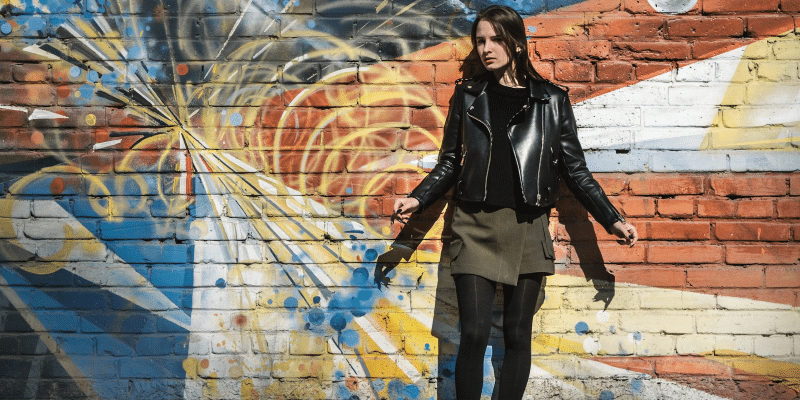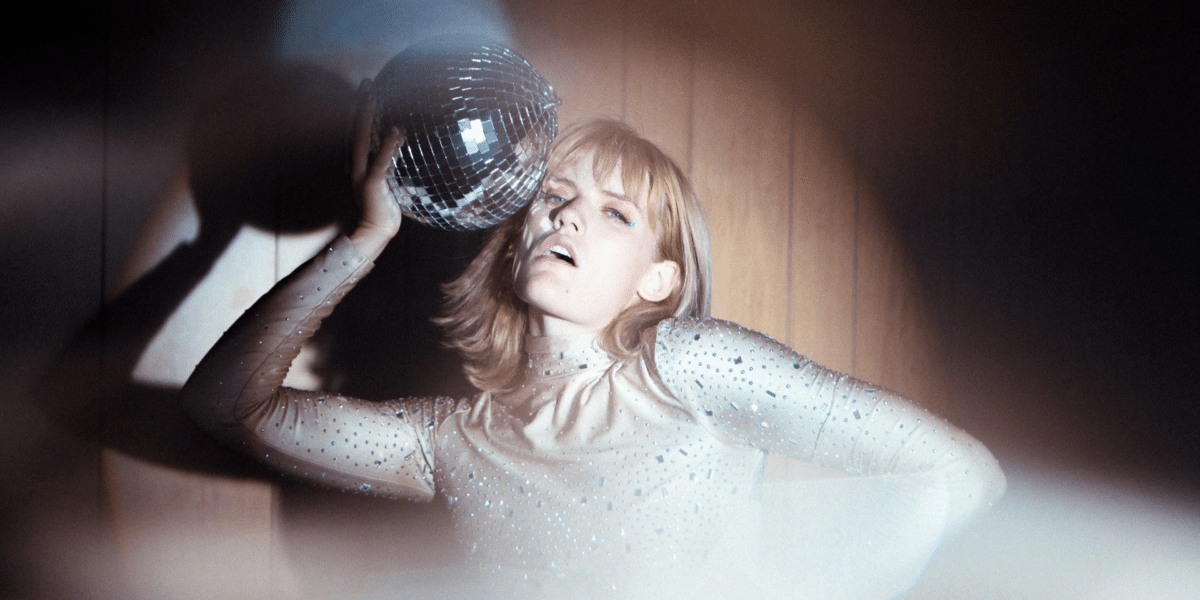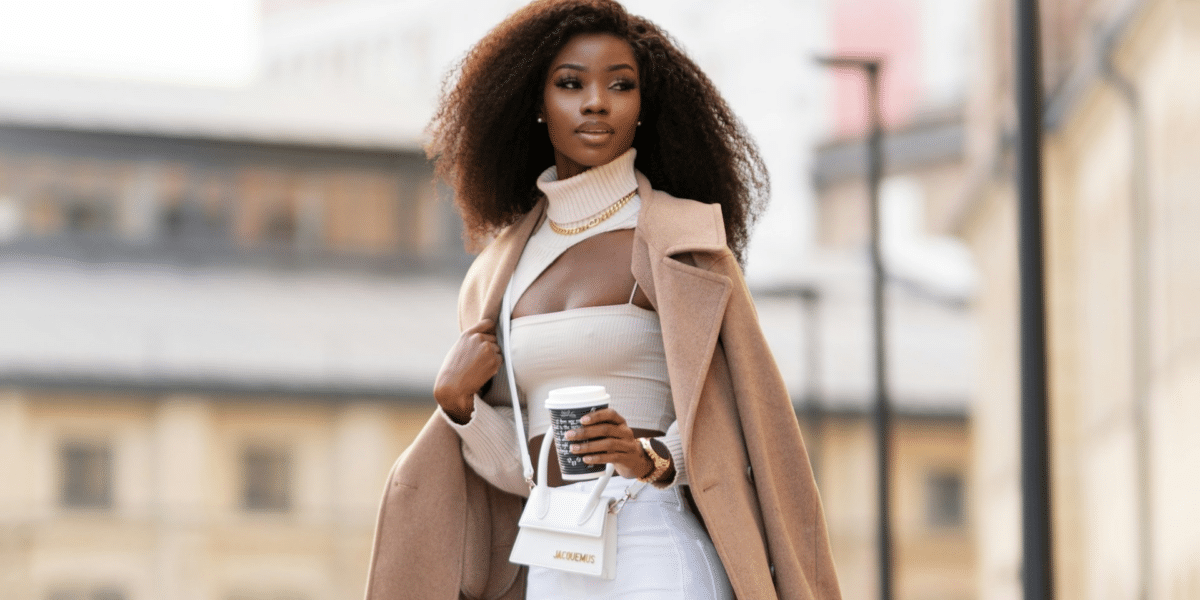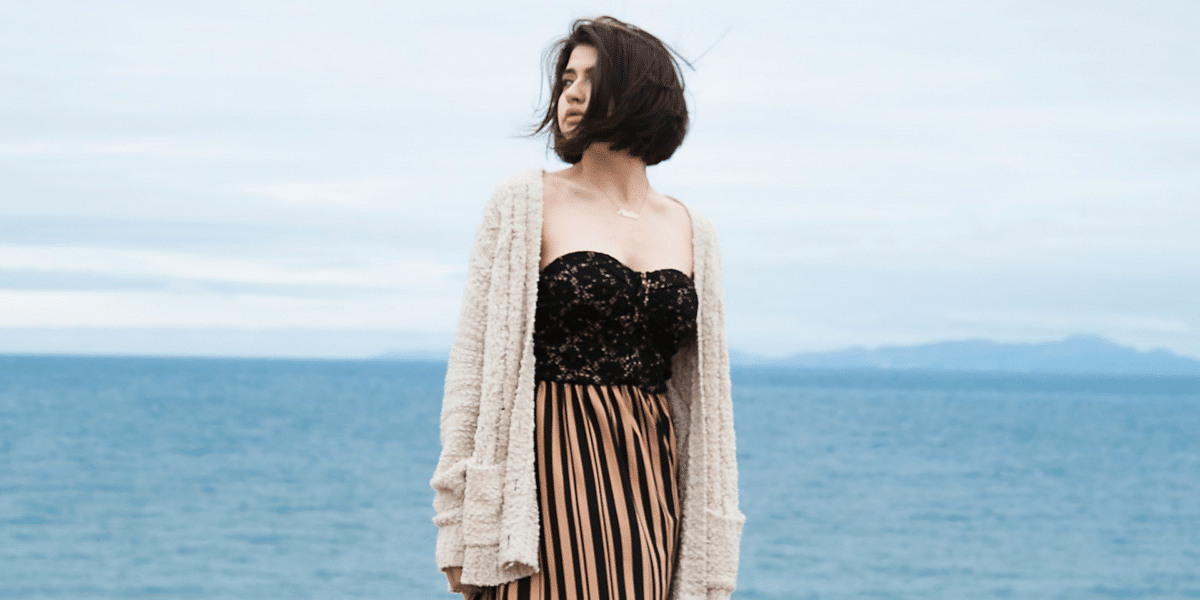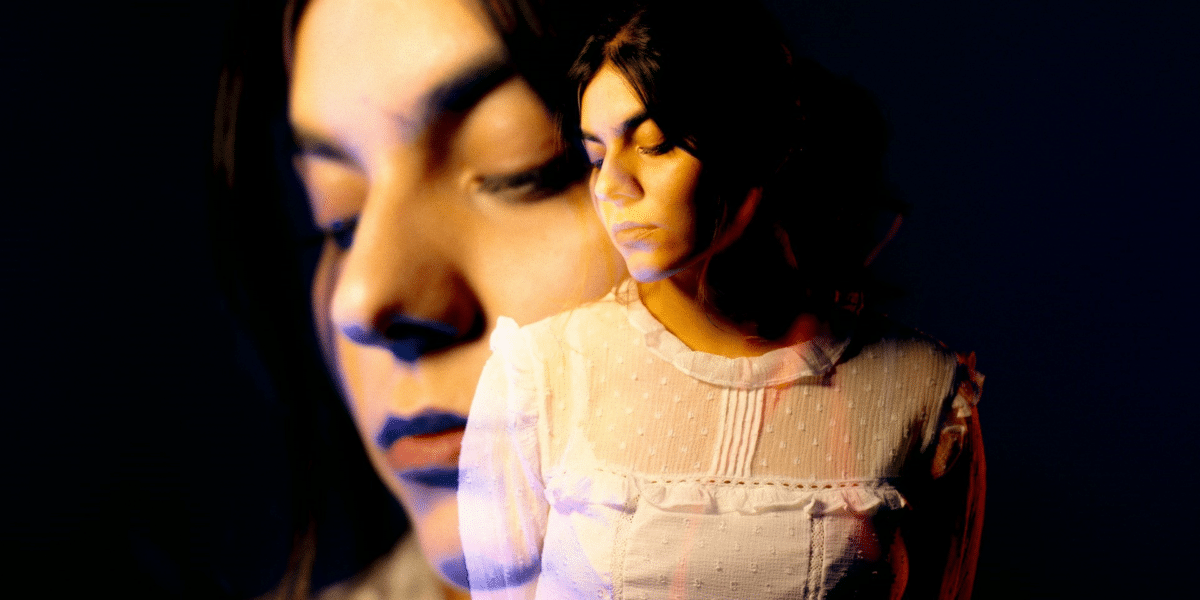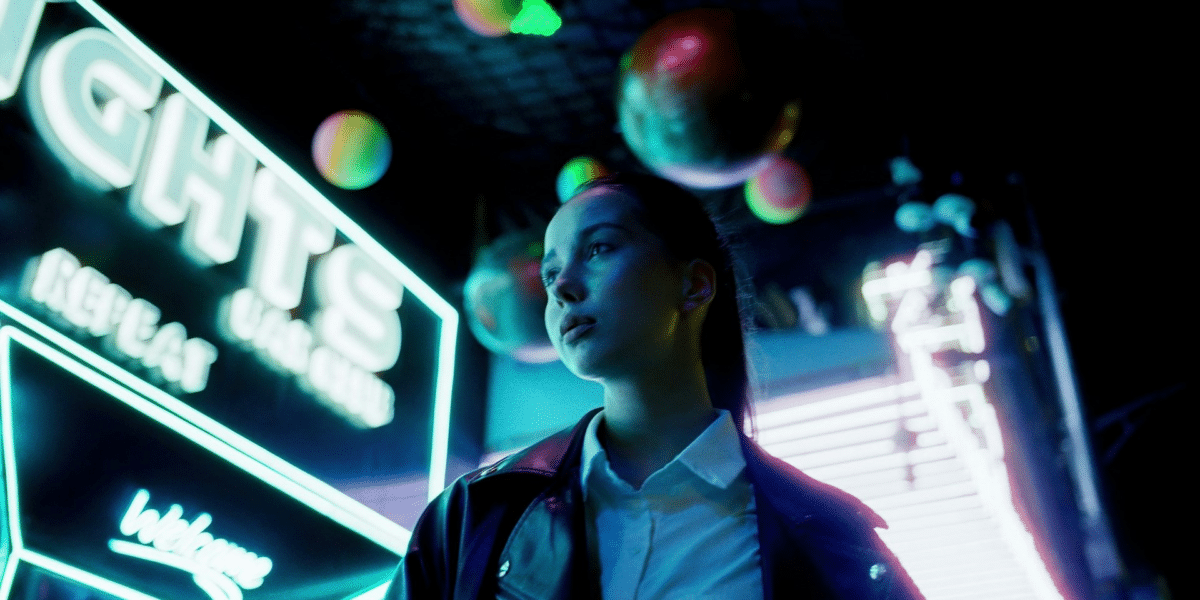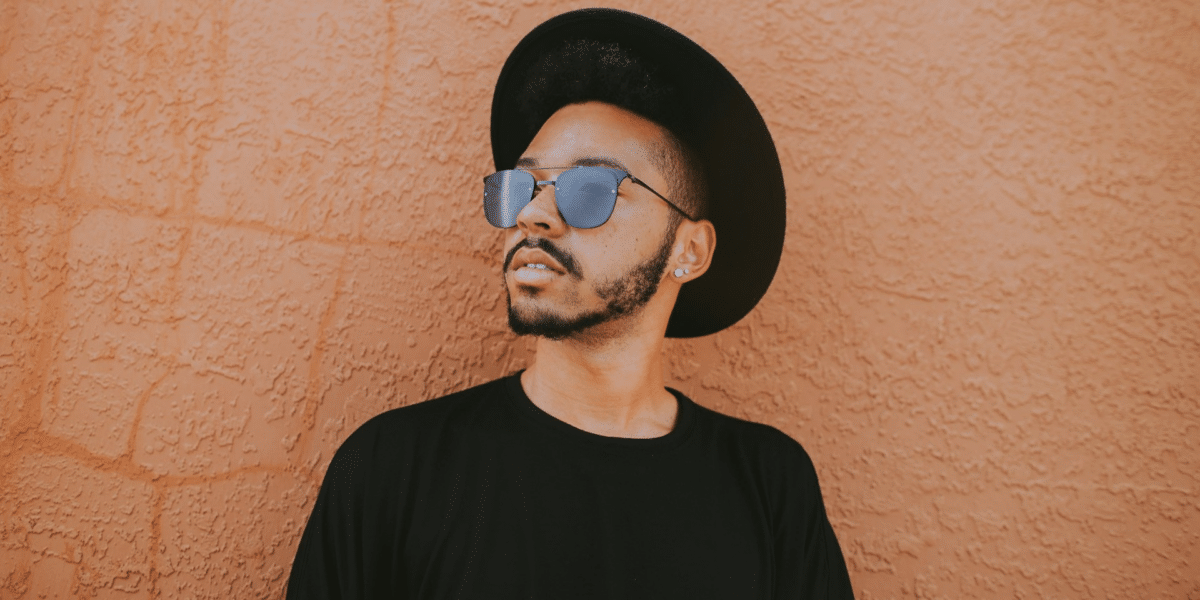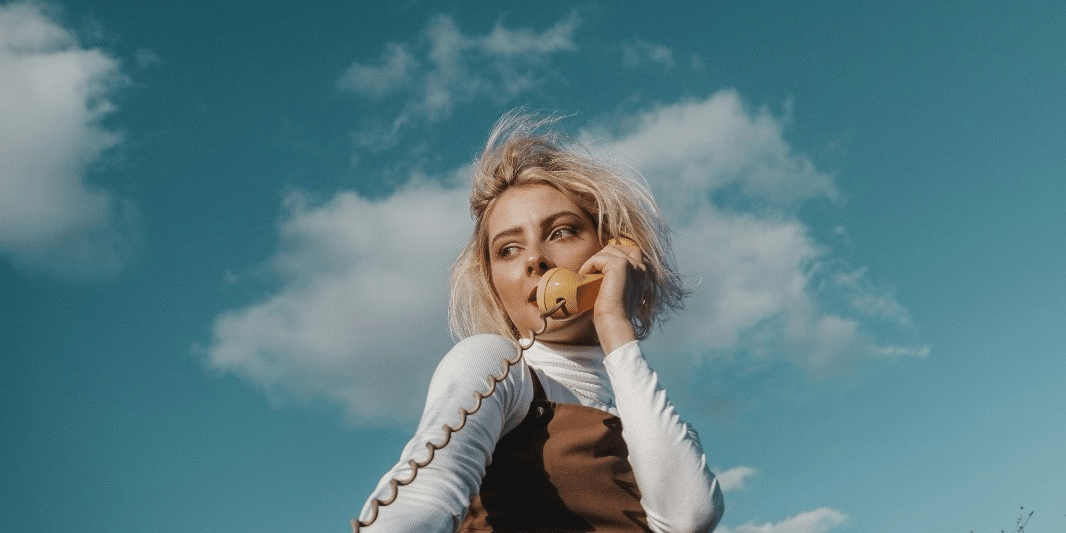Mastering the Art of Wearing a Leather Jacket
The leather jacket is a timeless wardrobe staple that exudes style, edge, and confidence. Whether you’re going for a rugged, rockstar look or a sleek, sophisticated vibe, a well-fitted leather jacket can elevate any outfit and make a bold fashion statement. In this article, we’ll explore how to pull off the leather jacket with flair and finesse, no matter your personal style or occasion.
Choosing the Right Style
The first step in pulling off a leather jacket is choosing the right style for your body type and personal taste. There are various types of leather jackets, including the classic biker jacket, the sleek moto jacket, and the versatile bomber jacket. Consider the silhouette, hardware, and detailing of the jacket, as well as the type of leather (e.g., lambskin, cowhide) and color (e.g., black, brown, tan). Ultimately, you want a jacket that fits well, complements your style, and makes you feel confident and comfortable.
Moreover, pay attention to the fit of the jacket, ensuring that it hugs your body without being too tight or restrictive. Look for a jacket with well-defined shoulders, a fitted waist, and sleeves that hit at the wrist. If you’re unsure about sizing, consider trying on multiple sizes or consulting a tailor to achieve the perfect fit.
Pairing with the Right Outfit
Once you’ve chosen the perfect leather jacket, it’s time to pair it with the right outfit to create a cohesive and stylish look. Leather jackets are incredibly versatile and can be dressed up or down depending on the occasion. For a casual, everyday look, pair your leather jacket with a plain t-shirt, jeans, and sneakers. For a more polished, sophisticated look, layer your leather jacket over a button-down shirt, chinos, and dress shoes.
Additionally, don’t be afraid to experiment with different textures, patterns, and colors to add interest and depth to your outfit. Consider layering your leather jacket over a knit sweater or hoodie for added warmth and dimension. You can also play with accessories like scarves, hats, and sunglasses to further enhance your look and express your personal style.
Confidence is Key
Perhaps the most important aspect of pulling off a leather jacket is confidence. Leather jackets are inherently bold and statement-making, so wear yours with pride and swagger. Stand tall, walk with purpose, and own your look with confidence and self-assurance. Remember that fashion is all about self-expression and individuality, so don’t be afraid to let your personality shine through in how you wear your leather jacket.
Furthermore, embrace the rebellious, badass attitude that often accompanies wearing a leather jacket. Channel your inner rockstar or motorcycle enthusiast and embrace the edgy, cool vibe that comes with wearing this iconic piece of outerwear. When you feel confident and comfortable in your leather jacket, you’ll naturally exude charisma and charm that will turn heads wherever you go.
Caring for Your Leather Jacket
Lastly, it’s important to properly care for your leather jacket to ensure that it retains its quality and longevity. Leather is a durable and resilient material, but it requires regular maintenance to keep it looking its best. Avoid exposing your leather jacket to extreme temperatures, moisture, or direct sunlight, as this can cause the leather to dry out and crack.
Additionally, invest in a good leather conditioner and apply it regularly to keep the leather soft, supple, and moisturized. If your jacket gets dirty or stained, spot clean it with a damp cloth and mild detergent, then allow it to air dry away from heat sources. For more stubborn stains or marks, consider taking your jacket to a professional leather cleaner for professional treatment. With proper care and maintenance, your leather jacket will remain a stylish and timeless addition to your wardrobe for years to come.
Elevate Your Style
Pulling off a leather jacket is all about choosing the right style, pairing it with the right outfit, exuding confidence, and caring for it properly. Whether you’re going for a rugged, rockstar look or a sleek, sophisticated vibe, a well-fitted leather jacket can elevate any outfit and make a bold fashion statement. So embrace your inner rebel, rock your leather jacket with pride, and let your style shine through for the world to see. With the right attitude and approach, you’ll be sure to turn heads and make a lasting impression wherever you go.

